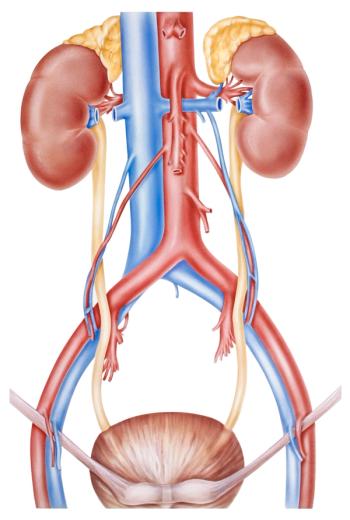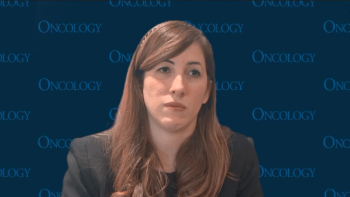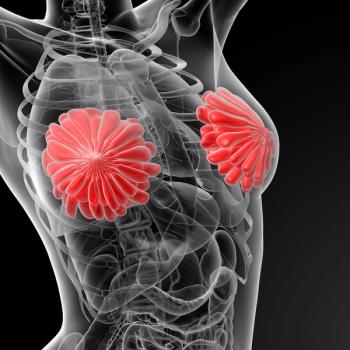
Top 6 Highlights From the 2015 ASCO GU Cancers Symposium
This slide show includes some of the top highlights from the 2015 ASCO Genitourinary Cancers Symposium, including a study that examined the risk of aggressive prostate cancer in testicular cancer survivors and more.
References:
1. Antonarakis ES, Lu C, Chen Y, et al. AR splice variant 7 (AR-V7) and response to taxanes in men with metastatic castration-resistant prostate cancer (mCRPC). Presented at the 2015 Genitourinary Cancers Symposium. Abstract 138.
2. Hall MD, Schultheiss TE, Farino G, Wong JYC. Increase in higher risk prostate cancer cases following new screening recommendation by the US Preventive Services Task Force (USPSTF). Presented at the 2015 Genitourinary Cancers Symposium. Abstract 143.
3. Musunuru HB, Klotz L, Vespirini D, et al. Cautionary tale of active surveillance in intermediate-risk patients: Overall and cause-specific survival in the Sunnybrook experience. Presented at the 2015 Genitourinary Cancers Symposium. Abstract 163.
4. Haas NB, Manola J, Uzzo RG, et al. Initial results from ASSURE (E2805): Adjuvant sorafenib or sunitinib for unfavorable renal carcinoma, an ECOG-ACRIN-led, NCTN phase III trial. Presented at the 2015 Genitourinary Cancers Symposium. Abstract 403.
5. Riggin AJ, Siddiqui MM. Development of intermediate and high-risk prostate cancer after testicular cancer. Presented at the 2015 Genitourinary Cancers Symposium. Abstract 177.
6. Michalski JM, Moughan J, Purdy J, et al. A randomized trial of 79.2Gy versus 70.2Gy radiation therapy (RT) for localized prostate cancer. Presented at the 2015 Genitourinary Cancers Symposium. Abstract 4.
Newsletter
Stay up to date on recent advances in the multidisciplinary approach to cancer.














































































